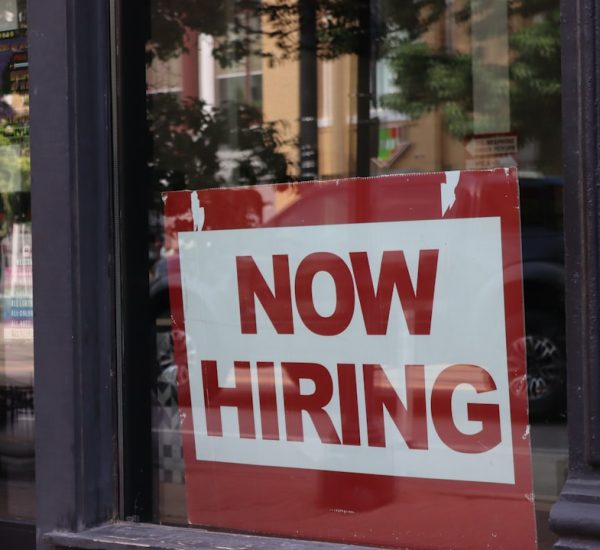Ever heard someone brag that they “beat the closing line” on a bet? If you’re new to sports betting, you might wonder what the big deal is. Well, it’s actually a very big deal. When you beat the closing line, you’re doing something that winning bettors do consistently. It’s called Closing Line Value, or CLV for short — and it’s one of the clearest signs that you’re on the right track.
But don’t worry; we’re breaking this down in a fun and simple way. Let’s go!
What Is the Closing Line?
To understand Closing Line Value, first you need to know what the closing line is. In sports betting, the odds on a game move over time. They start at something called the opening line and move as people place bets. The final odds right before the game starts are called the closing line.
For example:
- On Monday, you see the Chiefs are -2.5 favorites against the Bills.
- You place your bet on the Chiefs at -2.5.
- By Sunday, right before kickoff, the line changes to Chiefs -4.5.
Congrats! You beat the closing line by getting a better number earlier (+2 points of value in this case).
So, What Is Closing Line Value (CLV)?
CLV is the difference between the odds you got and the final odds (the closing line). If the line moves in your favor, you have positive CLV. If it moves against you, then you got negative CLV.
Using the same example as above:
- You bet Chiefs -2.5.
- The line closed at Chiefs -4.5.
- You got +2 points of CLV.
Boom. That’s a win, even if your bet loses — wait, what?
CLV Is About Long-Term Winning
That’s right. Even if your bet loses, you still made a sharp play if you got good CLV. Why? Because you beat the number the market decided was “right” at game time.
Sports betting is full of randomness. Crazy plays and fluke injuries can ruin bets. But if over time, you consistently beat the closing line, you’re likely making smart, profitable decisions.
Think of it like poker. Sometimes the guy with the worst hand wins, but that doesn’t mean he played it right. Long-term profits come from good process, not just outcomes.
Why Do Lines Move?
The odds change because of lots of factors, such as:
- Injuries to key players
- Sharp bettors placing big bets
- Weather reports
- Public betting trends
When major sportsbooks see big action from respected bettors, they shift the odds. That’s the market speaking. And the closing line is usually very accurate, especially for major sports like the NFL or NBA.
Beating the Market = Being Sharp
Even pros don’t win every bet. But the best ones consistently get better odds than what the line closes at. This is where CLV makes you a market crusher.
If the closing line is -4.5 and you got -2.5, you’re at a big edge. In the long run, that edge means you’ll win more than lose — and your bankroll will show it.
How to Track Your CLV
Don’t worry, you don’t need fancy software — a simple spreadsheet will do. Just record:
- Date you placed your bet
- The bet (team, spread, etc.)
- The odds or line you got
- The closing line at kickoff or tip-off
Each time you beat the closing line, mark it. Over 100+ bets, you’ll see patterns. Here are a few example results:
| Game | Your Line | Closing Line | CLV |
|---|---|---|---|
| Chiefs -2.5 | -2.5 | -4.5 | +2.0 |
| Lakers -3 | -3 | -2 | -1.0 |
| Yankees +120 | +120 | +115 | +0.05 |
The more positive numbers you see, the better you’re doing. You’re reading the market well.
Does CLV Guarantee Winning?
Nope. There’s no such thing as a guaranteed win in sports betting. A blocked field goal, foul trouble, or walk-off homer can ruin a great bet. But if you’re beating the closing line regularly, you’re on the right side of the math.
Over hundreds of bets, you’ll have fewer regrets. You’ll also likely have more money.
Tips to Improve Your CLV
Want to get better at this? Here are a few simple tips:
- Bet early: Look for value as soon as lines open, especially in NFL and college football.
- Shop around: Use multiple sportsbooks. Get the best number available.
- Follow injury news: Be faster than the market when key players are questionable.
- Learn from sharp bettors: Study betting communities, listen to market analysis.
- Track everything: Your results, CLV, wins, losses — the more you measure, the more you grow.

Red Flags to Watch Out For
Before we go, here’s what bad CLV can tell you:
- You’re betting too close to game time — when lines are sharpest.
- You’re reacting to hype, not smart data.
- You’re losing to the market — which usually means long-term losses.
Remember, the closing line reflects the most informed opinion. If it’s beating you, time to rethink the process.
Final Thoughts: Be Proud to Beat the Line
If you walk away from this article remembering just one thing, let it be this: closing line value is proof you know what you’re doing. Winning bettors don’t just count dollars. They track CLV religiously. That’s their scoreboard. That’s how they know they’re on the right side of history — even if the game ends with a buzzer-beater heartbreaker.
You don’t have to win every bet to be a great bettor. But if you consistently beat the closing line, the wins will come. The money will follow. And you’ll start betting like the pros.
So the next time you bet Chiefs -2.5 and it closes -4.5, take a bow. You did good.


